Found 22 movies, 3 TV shows, and 0 people
Can't find what you're looking for?
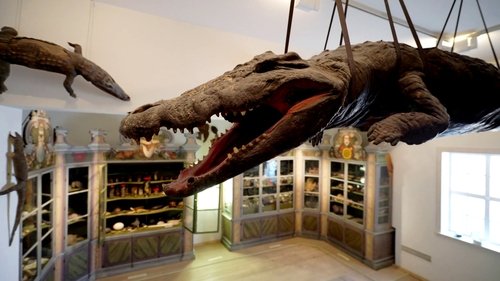
From the cabinets of curiosities created in Italy during the 16th century to the prestigious cultural institutions of today, a history of museums that analyzes the social and political changes that have taken place over the centuries.

A popular figure in 13th century Christian folktales, the Wandering Jew is said to have been condemned to wander the world forever because he denied Jesus of Nazareth a brief respite on the threshold of his home.

An in-depth look at the full-cycle breeding program for bluefin Kindai tuna pioneered by Kinki University’s Aqua Culture Research Institute.

No description available for this movie.

Spotlighting the art of drag, and centered on the New York staple Wigstock, this documentary showcases the personalities and performances that inform the ways we understand queerness, art and identity today.
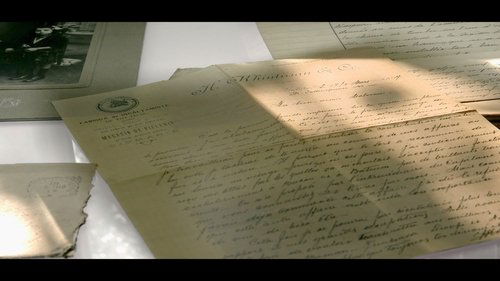
At a critical moment in the history of the written word, as humanity’s archives migrate to the cloud, one filmmaker goes on a journey around the globe to better understand how she can preserve her own Romanian and Armenian heritage, as well as our collective memory. Blending the intellectual with the poetic, she embarks on a personal quest with universal resonance, navigating the continuum between paper and digital—and reminding us that human knowledge is above all an affair of the soul and the spirit.

While The Rolling Stones rehearse "Sympathy for the Devil" in the studio, an alternating narrative reflects on 1968 society, politics and culture through five different vignettes.

The rock-wild youth of the 1960s during the apparitions of their idols.

In 150 years, twice marked by total destruction —a terrible earthquake in 1923 and incendiary bombings in 1945— followed by a spectacular rebirth, Tokyo, the old city of Edo, has become the largest and most futuristic capital in the world in a transformation process fueled by the exceptional resilience of its inhabitants, and nourished by a unique phenomenon of cultural hybridization.
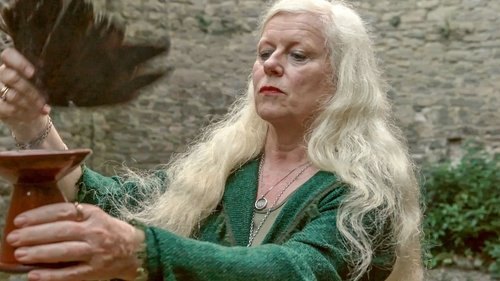
Druids have existed far longer than hitherto assumed, since the 4th century BC. Their traces are found all over middle Europe: from the northern Balkans to Ireland. Their cultural achievements were equal in almost every way to those of the Romans and Greeks: They could read and write and spoke Greek and Latin - for centuries, they were the powerful elite of their culture. Only one single Druid is known by name to history: Diviciacos - an aristocrat of the Aedui and personal friend of Julius Caesar. Diviciacos was a politician, a judge and a diplomat, but he lived at a time when the Celtic lands of Gaul were conquered by the Romans. Greek and Roman contemporaries distrusted the actions of this forbear of the famous comic book druid Getafix: They imagined him in bloody rituals in somber woods.

This film explores the traditional crafts of Native American tribes, specifically the Hopi, Navajo, and Iroquois. It highlights the craftsmanship of Hopi basket weaving and pottery, showcasing their techniques and cultural significance. The Navajo's weaving of wool blankets and rugs, as well as their silver jewelry making process, is also detailed. Additionally, the film discusses the Iroquois tradition of carving ceremonial masks from basswood trees. Each craft reflects the unique heritage and artistic expressions of these tribes.

No description available for this movie.
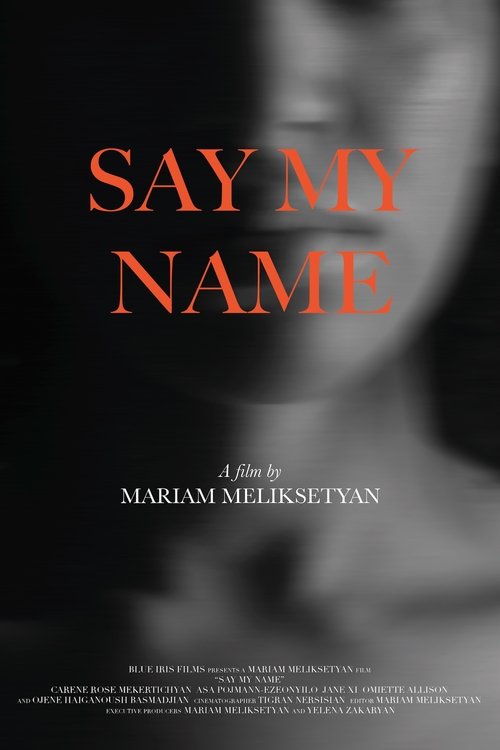
People from different ethnic backgrounds with "difficult" names by Western standards share their experience with moving through the world with an identity that challenges others to simply just say their name. A short social docu-film by Mariam Meliksetyan, “Say My Name” is a meditation on identity, otherness, assimilation, community, and ancestral roots.
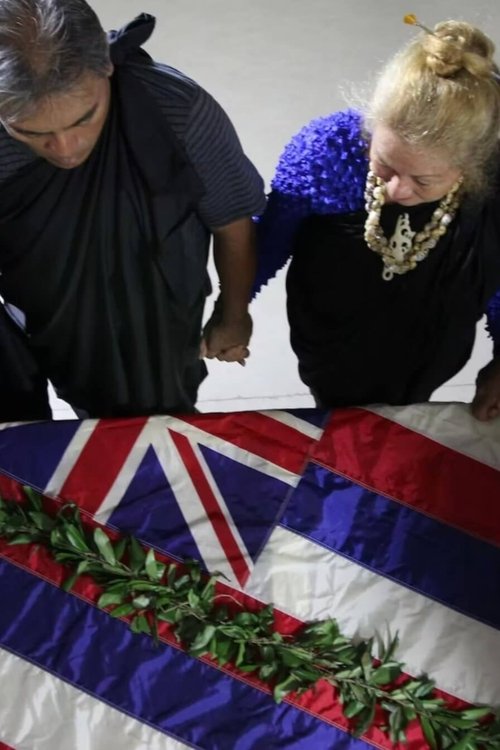
Ka Hoʻina documents members of Hui Mālama I Nā Kūpuna O Hawaiʻi Nei's final repatriation of over 140 sets of iwi kupuna and provides an intimate look into the legacy forged by these committed and passionate few, ensuring that Hawaiians will mālama or care for kupuna for generations to come.
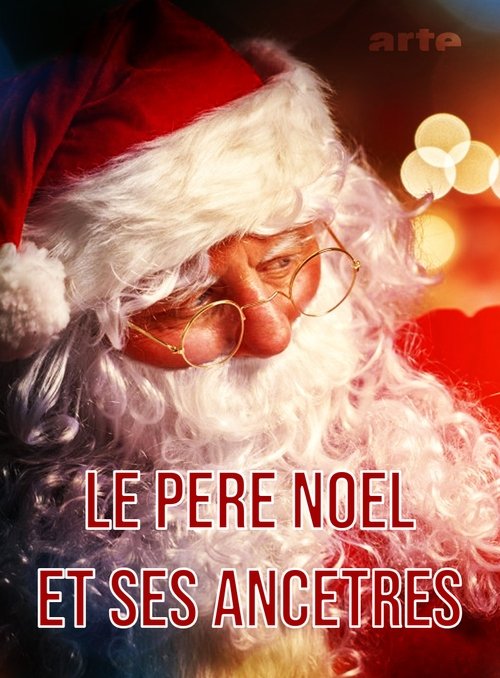
In our documentary, authors embark on a festive journey through history and shed light on the winter traditions that existed before Christ, what changed with Jesus - and of course: what Santa Claus has to do with all of this...

From time immemorial, the Bretons have fought many battles to safeguard their culture, rich in language, music and dance. However, Brittany was for a long time a forgotten land, neglected by the Republic which forbade its language. From the 1960s onwards, the agricultural revolution turned peasant life upside down. Its culture, which had long been supported by Catholic priests, was emancipated in the seventies, carried by a new breath of air that accompanied the Breton angers. The youth then reappropriated their language and culture. From the long years of relegation to their great anger, the Bretons have written a fascinating saga since the end of the 19th century.

No description available for this movie.

The colorful stories of Irish-American immigrants and their descendants who lived the history and exemplify the repeated cycle of the outsider becoming the ultimate Chicago citizen-insider.

Avelino Chillarón was 12 or 13 years old when he realized that his surnames and those of his cousins didn't match, so he decided to ask his uncle. This is how he learned that, although his father and aunt were siblings, they didn't have the same father, so he and his cousins didn't share the same grandfather. In this way, Avelino realized that there was a part of his family he didn't know. The protagonist of this story feels partially mutilated from a part of his family history, a part that was taken away from him by a regime that established, over the years, a long period of widespread social amnesia about a series of corpses and missing persons throughout the spanish geography.

The race to save the world's only dedicated Māori World War One Memorial from collapse reveals an unknown soldier's heroic story to the community he was once part of.
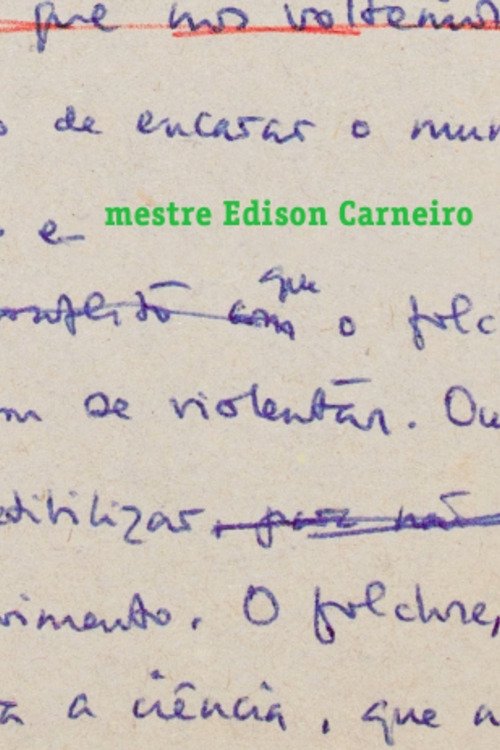
Video dedicated to the celebration of the centenary of Edison Carneiro’s birth, one of the great exponents of folklore studies in Brazil, whose contribution remains present to this day, forming important documentary collections and influencing the institution’s mission.
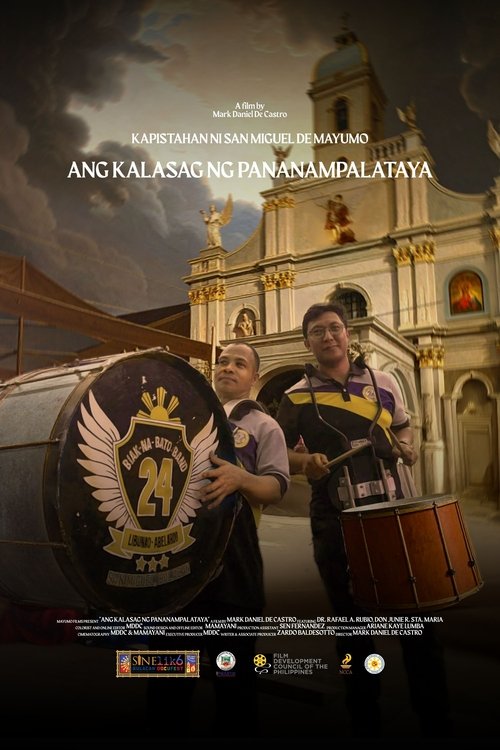
Ang Kalasag ng Pananampalataya (The Shield of Faith) is a documentary film about the people of San Miguel de Mayumo, Bulacan, and their centuries-old devotion to Saint Michael the Archangel. The film follows the town’s traditions—its grand fiestas, the historic Traslacion, and the music of the Biak-na-Bato Band—that continue to shape community life after 300 years. Through stories, memories, and music, the film shows how San Migueleños have carried their “shield of faith” from one generation to the next, protecting their culture and keeping their identity alive. More than history, Ang Kalasag ng Pananampalataya is a portrait of resilience and faith that invites viewers to see how tradition can endure and inspire in today’s world.